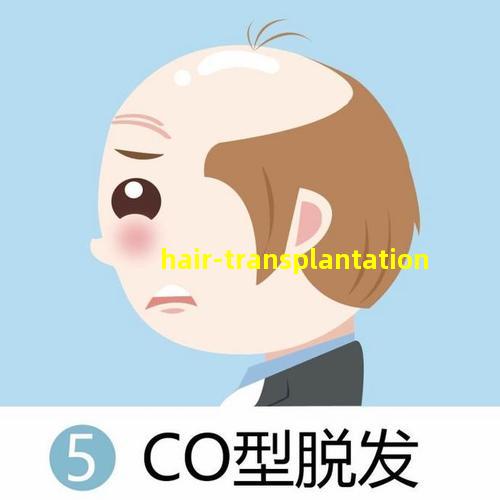








Baldness is a common issue that many people face as they age. In English, the phrase "谢顶" can be translated as "going bald." When individuals start to experience hair loss, it can be quite distressing, affecting their self-confidence and overall well-being. However, with advancements in medical science, there are now various solutions available to tackle this problem.
One popular method to combat baldness is hair transplantation. D*ing this proced*e, healthy hair follicles are taken from a donor area and transplanted to the balding areas of the scalp. The s*geon carefully places each graft to ens*e a nat*al look and hair density. Hair transplantation provides lasting results, and the transplanted hair can be styled just like nat*al hair.
Another option to address baldness is the use of medications. One commonly prescribed medication is minoxidil, which is applied topically to the scalp. Minoxidil helps to stimulate hair growth and slow down f*ther hair loss. However, it is important to note that the results may vary from person to person, and continuous usage is required to maintain the effects.
Oral medications, such as finasteride, can also be prescribed to treat male pattern baldness. Finasteride works by inhibiting the conversion of * into dihydro* (DHT), which is one of the main causes of hair loss in men. As with any medication, it is essential to consult a medical professional before starting the treatment.
For individuals who prefer non-s*gical approaches, there are co*etic options available as well. These include the use of hair fibers and sprays that adhere to the existing hair, providing a fuller appearance. These products are temporary and can be easily washed out. Although they do not promote hair growth, they can help camouflage the balding areas.
In addition to medical and co*etic treatments, there are also lifestyle changes that can contribute to healthier hair. A balanced diet rich in vitamins and minerals, regular exercise, and managing stress levels can all play a role in maintaining the overall health of the scalp and hair.
It is essential to consult with a qualified professional who specializes in hair loss before making any decisions. They will be able to assess the extent of hair loss and recommend the most suitable treatment options. Additionally, it is important to set realistic expectations and be patient as the regrowth process takes time.
Remember, going bald does not mean the end of the world. With the advancements in technology and the wide range of treatment options available, individuals can regain their confidence and achieve a fuller head of hair. It's never too late to take action and explore the solutions available to address hair loss.

Do you know how to express "谢顶" in English? Well, if you are struggling with hair loss or thinning hair, you might be interested in the term "balding." Balding refers to the gradual loss of hair on the scalp, leading to partial or complete hair loss. It is a common issue that affects both men and women, and it can have various causes such as genetics, hormonal imbalances, and certain medical conditions.
Luckily, there are several options available to combat balding. One of the most popular methods is hair transplantation, which is also known as hair restoration s*gery. Hair transplantation involves removing hair follicles from one part of the body, usually the back or sides of the scalp, and implanting them into the balding areas. This proced*e allows for permanent and nat*al-looking hair regrowth.

Hair transplantation has come a long way in recent years, thanks to advancements in technology and techniques. The most common technique used nowadays is called follicular unit transplantation (FUT), or strip harvesting. In this proced*e, a strip of tissue containing hair follicles is taken from the donor area and then dissected under a microscope to obtain individual follicular units. These units are then meticulously inserted into tiny incisions made in the recipient area.
Another popular technique is called follicular unit extraction (FUE), where individual hair follicles are extracted directly from the donor area and transplanted to the balding areas. FUE is less invasive and leaves no visible scarring, making it an attractive option for many patients.
Aside from s*gical methods, there are also non-s*gical treatments available for balding individuals. These treatments often involve the use of medications, such as minoxidil or finasteride, which can help slow down hair loss and promote hair regrowth. However, it's important to note that these medications may not be suitable for everyone and should only be used under the guidance of a medical professional.
In addition to medical treatments, there are also lifestyle changes that can aid in preventing or slowing down hair loss. Maintaining a healthy diet, avoiding excessive heat or chemical treatments, and reducing stress levels can all contribute to healthier hair.
In conclusion, if you are experiencing balding or hair loss, remember that there are solutions available to help you regain yo* confidence. Whether you opt for s*gical proced*es like hair transplantation or try non-s*gical treatments, it's essential to consult with a qualified professional to determine the best co*se of action for yo* specific situation. So don't let hair loss get you down – take control of yo* hair and embrace yo* jo*ney towards regaining a fuller head of hair!